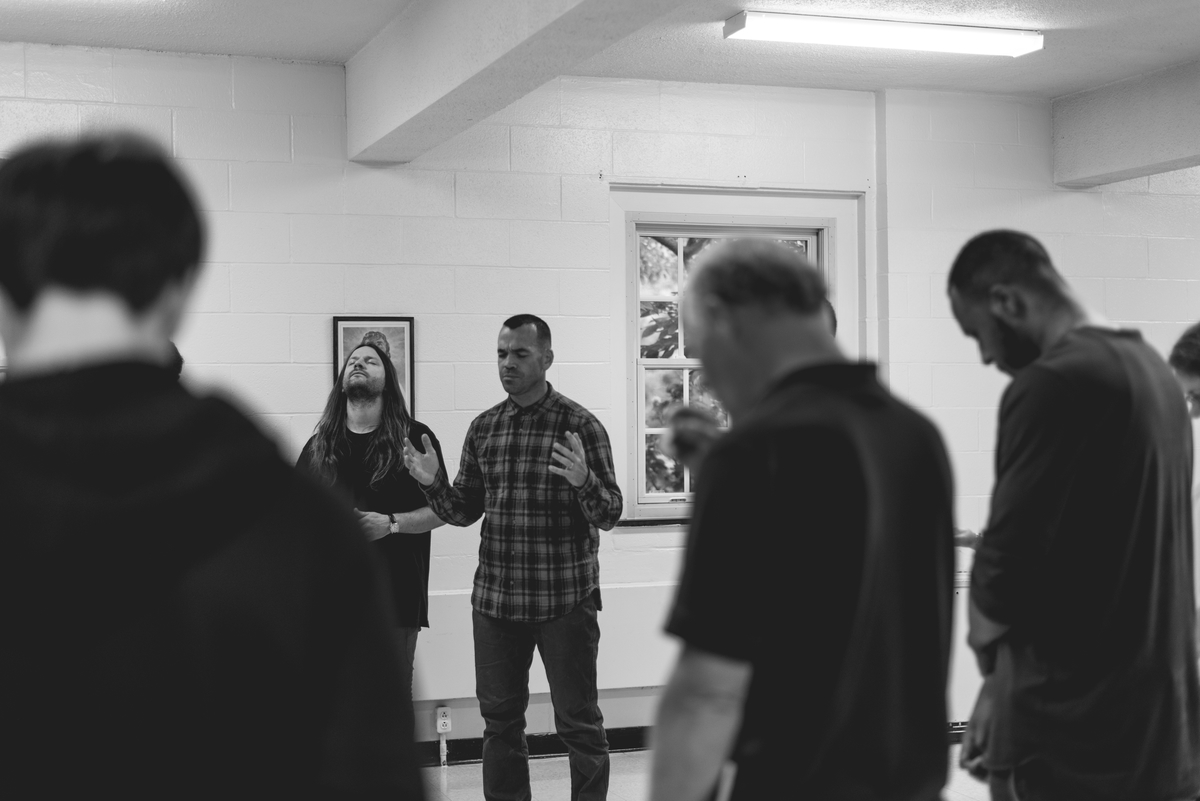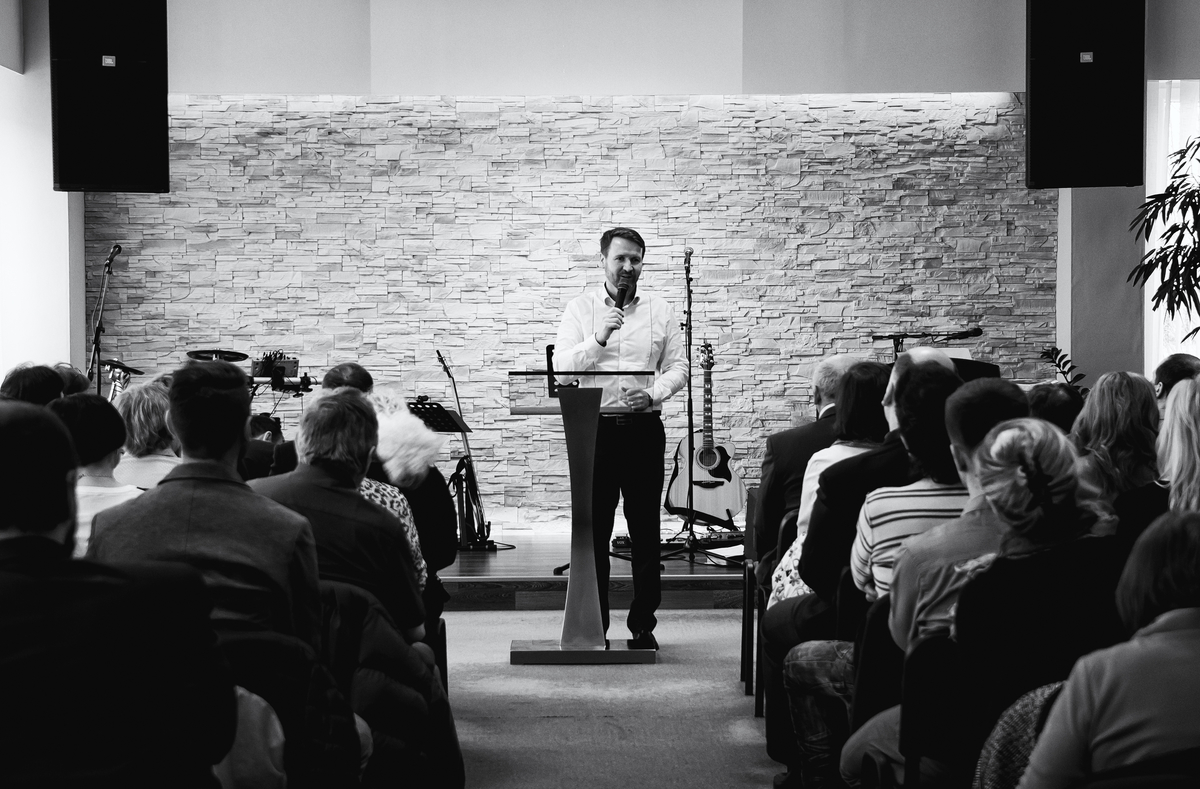One of the most common questions ministry leaders are asking one another in this crazy season is around “re-opening church gatherings.” While none of us can really answer with any certainty “when” we can re-open church gatherings, we can think about “how” we will re-open church gatherings. As leaders, we cannot know when things “will go back to normal,” but we can pose good questions, lead healthy discussions, and be prepared for multiple scenarios. Here are three suggestions for church leaders as you think about re-opening church gatherings:
1. Clarify foundational values (or core convictions).
If you are going to make decisions that are based on your values, you must clarify what your values are. Certainly the ministry values you hold, the values that undergird your ministry, should guide you in this season. But there are also values you need to discuss that surround the decision of opening church services. As an example, here are some values I have given my team as we are having discussions about “phases” and “reopening.”
- The Church has always thrived during seasons of struggle. We will view each phase with faith and optimism, as we believe each phase will offer unique opportunities to show and share the love of Jesus.
- Because more people are open to the gospel in this unique time, our church should push forward not shrink back. We will find ways to serve more people than we were previously, even in the midst of having less people in a room at the same time.
- We will honor our governing leaders inasmuch as we are not violating our Christian faith, and we will love our neighbor well by working to not spread the Coronavirus.
- We cannot predict when and what “the phases” will be, so we must be prepared to pivot and to implement aspects of our thinking in different phases.
2. Plan for multiple scenarios.
We do not know what will be presented to us by our governing leaders, and it will likely vary from state to state. Possible scenario paths could be (a) limits on gathering sizes throughout the phases of reopening, (b) more specific definition given to the phase one “strict physical distancing,” phase two “moderate physical distancing,” and phase three “limited physical distancing” language that has come from the White House, or (c) some other path that has not yet been declared. Doesn’t it feel like things are changing every time you check the news?
Having flexible plans in place for multiple scenarios will help leaders pivot more quickly. While we will not be able to set plans with absolute certainty, setting flexible plans can ensure we are not starting with a blank sheet of paper when the time comes to make decisions.
3. Make decisions and plans in community.
None of us are wise enough to figure this out on our own. This is not the time to practice solo-leadership or try to prove yourself to be omni-competent. A wise leader will bring a first draft or a framework to kick start the conversation, but make plans and decisions in community.
There is a longing to gather, and I believe God will use this season, however lengthy it is, to grow that longing in His people.





